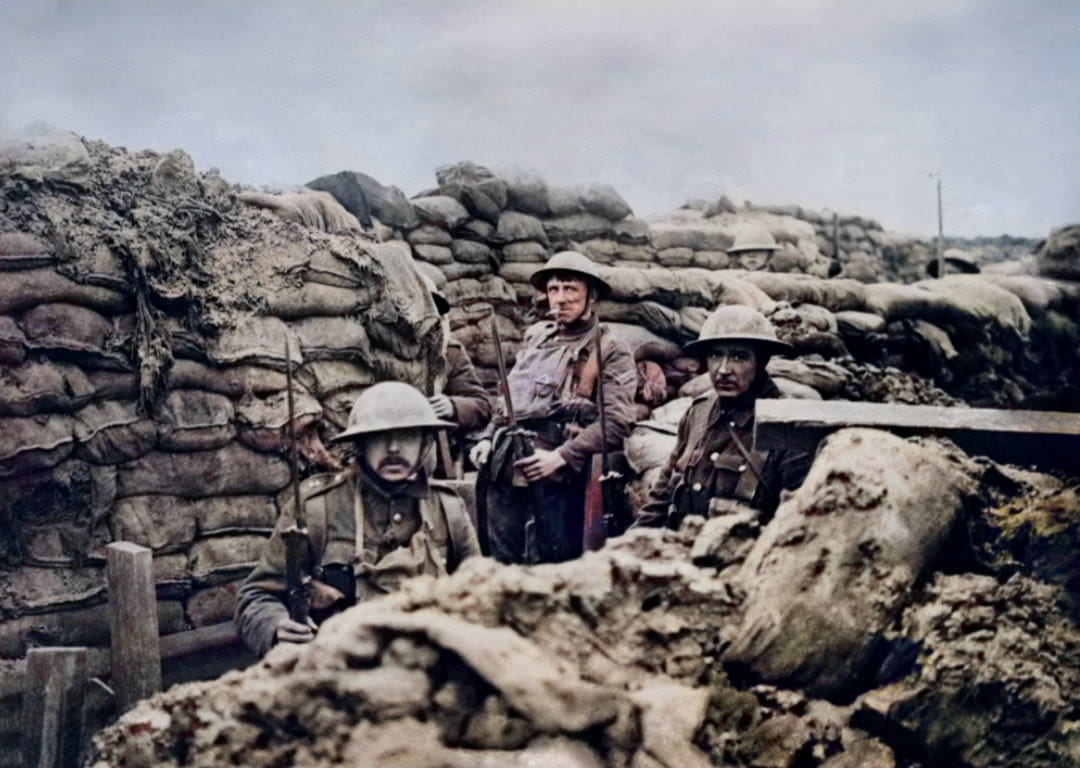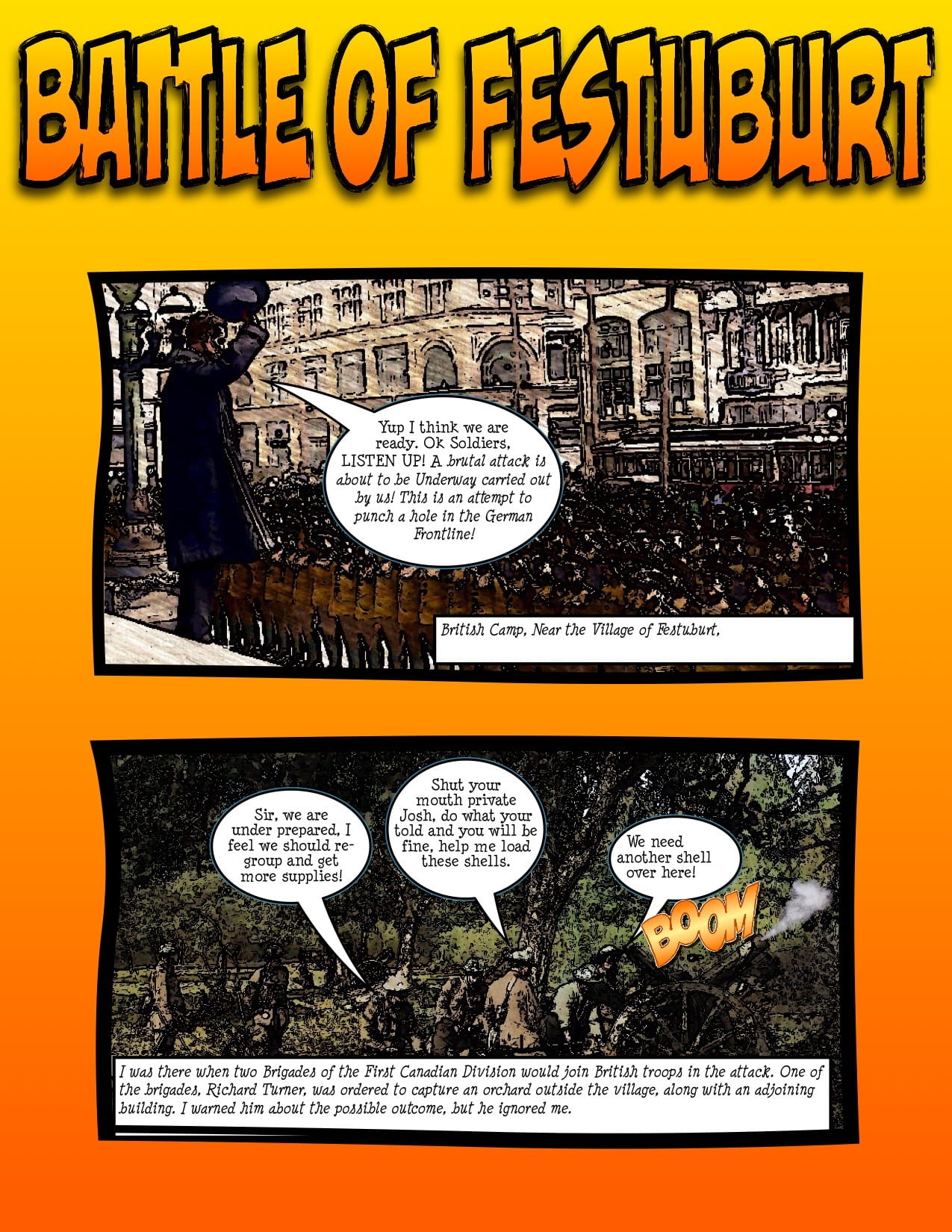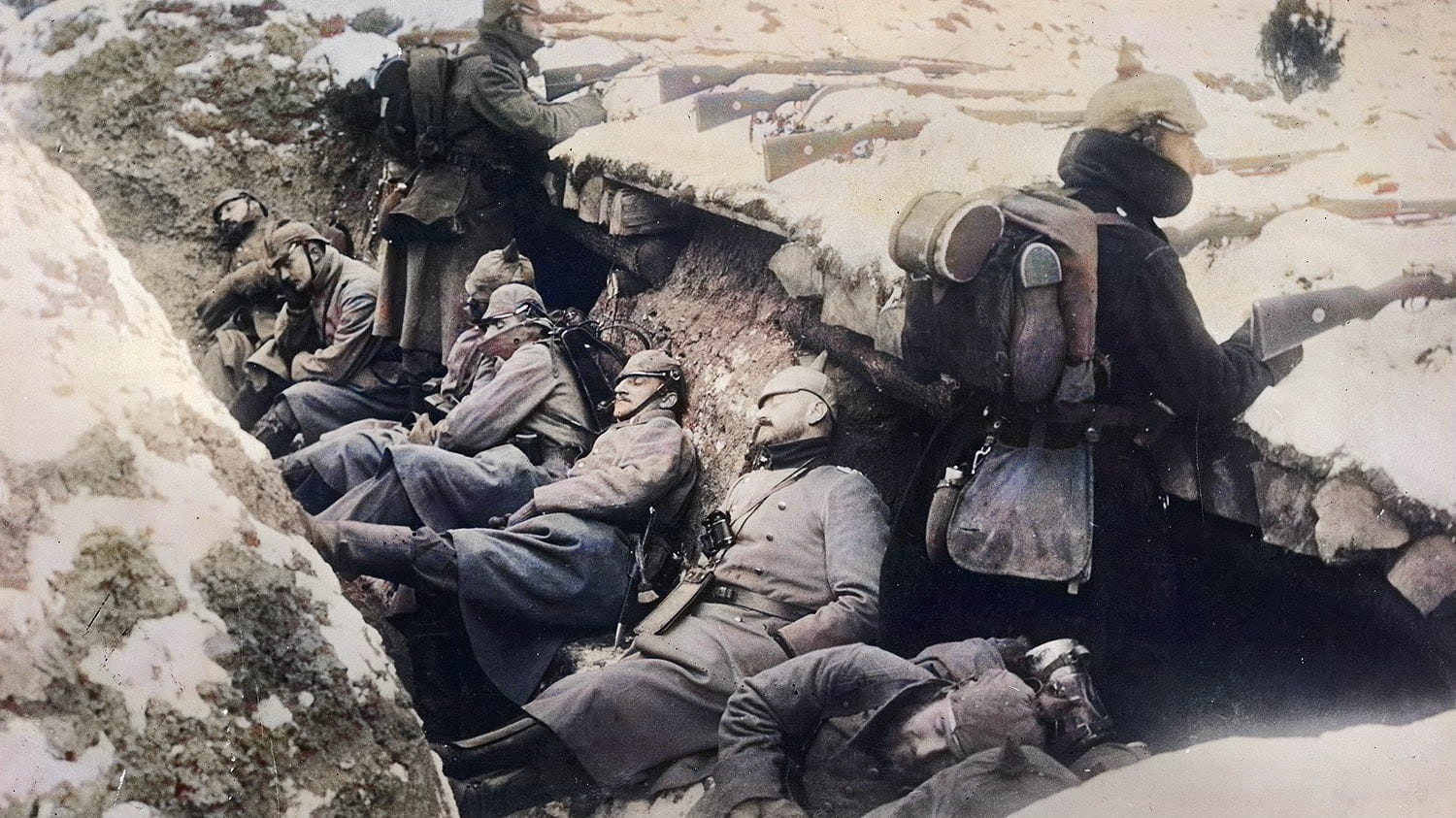 Introduction:
Introduction:
Hello everyone, and welcome back to another Humanities blog. And this one is quite interesting. WWI, thats what this project was all about. I’m sure most of us know about WWI, its possibly one of the most brutal wars to ever be fought. Doing this project really opened my mind to how devastating wars can get, and we really did go into the details of this war. Now WWI had many different battles, and we were each assigned to make a comic book, with a story spine, explaining what our war was all about. I chose the battle of Festubert. Now we needed to draw pictures, and as it turns out there isn’t many visual examples of what the battle actually looked like. Therefore what may be in the comic might not actually be what it looks like in real life, though I did my best to re-create the scenarios these soldiers faced.

The Project:
Lets move right into my comic. Now writing a comic is no easy task, it can either be rushed, or it can be constructed properly. I feel when we were making our comics, it was the perfect mix of rushing, and constructing. We first started off with our research. Researching my topic was hard, as there isn’t many sources or photos of the battle. After our research was gathered, we needed to implement our research into a story spine. Our spine needed to have valid dates, times, places, people, and it needed to include at least 1 fictional character. Now that you know our requirements, lets move onto our actual comic and my evidence of my learning.
Now in my opinion, our story spine was the hardest part, now the reason I say this, is because as it turned out, its really hard to include so much information and evidence into a single comic book. Its hard to take historical information, and twist it into a story that makes sense. My comic had some criticism about it not having a clear beginning, middle, and end. And I agree, its not clear, and I feel I could have done better when it come to the storyboard. But overall I am proud of my comic.
My Comic:
Now enough talk. Lets take a look at my comic book, The Battle Of Festubert.



Did you read it through? If so, I would love for you to tell me what you think in the comments below, I’m always open to constructive criticism.
Driving Question:
As with every blog I’ve done, I explain what the driving question is, and how it’s designed to “drive” our project forward. Usually we have Milestones, but this year our projects are structured without Milestones, and I actually like it better this way. Now, our driving question for this project was, “How might we use graphic novels to understand Canada’s involvement in WWI?” As most of us know, graphic novels, or comic books, tend to be full of information. Comics about war are some of the most fun and interesting comic books to date. For example, one of my favourite comics is Louie Riel, the battles that take place in that book are utterly horrifying, but they bring up great points, and is genuinely a fun read. If we implement characters, places, extreme details into our comic, we can understand Canadas involvement in WWI in a fun, and detailed way. As long as we include interesting scenarios, details, facts, places, people, and times, we can easily create an historically accurate Graphic Novel showing Canadas involvement in WWI.
Conclusion:
Finally, my conclusion. A lot of the facts brought up in this project will probably stick with me for the rest of my life. This project was full of gruesome facts that brought up interesting points and facts that are horrifying to think about, it shows how brutal trench warfare can be. If you want to learn more about WWI consider watching 1917, it will give you a taste of what it was like. Thanks for checking out my blog, see you later.
Quote of the day:
“Do or do not, there is no try”
-Yoda

0 comments on “A War To End All Wars” Add yours →